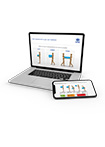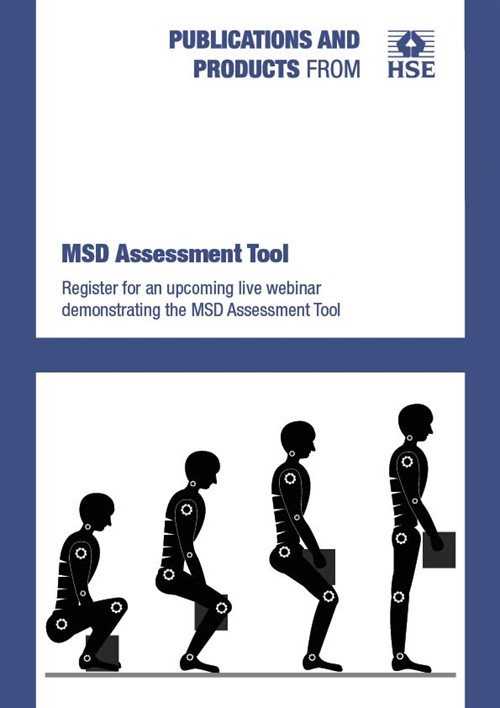New Online MSD Risk Assessment Tool



The Challenge
Half a million workers suffered from a work-related
musculoskeletal disorder in 2020/21, with a cost to organisations
and to the UK economy. Many workers are exposed to the hazards
associated with manual handling. Efforts to eliminate lifting and
carrying of loads in industry have resulted in a proliferation of
manual handling assist devices.
The Solution
HSE developed a new online, workplace-friendly risk
assessment tool for use by regulatory inspectors and
dutyholders to help them reduce the risk of musculoskeletal
injury.
Using walk-through procedures and field trialling, advice
was obtained from subject matter experts, a joint HSE and local
authority advisory panel, and dutyholder health and safety
managers. They looked at the tool's design and technical aspects
for robustness, operational utility, and usability in real work
situations.
The tool is both user-friendly and effective, and is
focused on characterising hazards that are more readily determined
in the workplace than the exerted force. It is linked to existing
HSE guidance and, because it has been tested and trialed in
industry, it is fit-for-purpose and should be well
received.
The Outcome
The New
HSE MSD Online Assessment Tool/Manual Handling Assessment Tool,
launched in 2021, was originally developed to reduce the risk of
workplace musculoskeletal injury by increasing dutyholder awareness
and ability to identify, and subsequently manage, the key risks
associated with pushing and pulling operations in the
workplace.
Our research ensured that the tool:
- is user-friendly
- requires minimal expert knowledge to apply
- reduces or eliminates the need for measurement of force, by
characterising hazards that are more readily observed and
determined in the workplace than exerted force
- identifies high-risk operations and intuitively indicates good
practice
- is linked to relevant HSE guidance.
In developing this tool we're encouraging organisations to
effectively risk assess their manual handling activities. By doing
so they may be able to eliminate or reduce a risk associated with
manual handling and therefore better protect their workers.
Back to the top